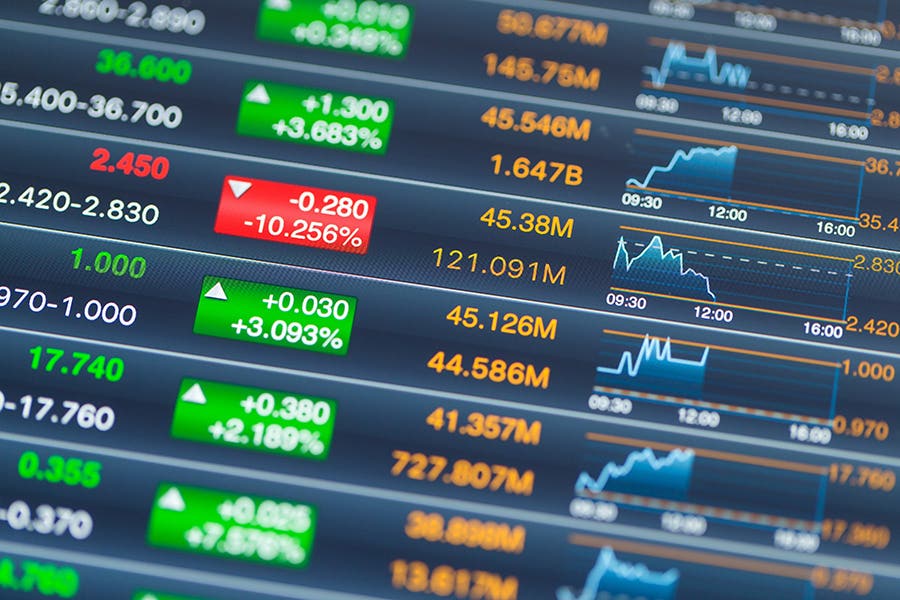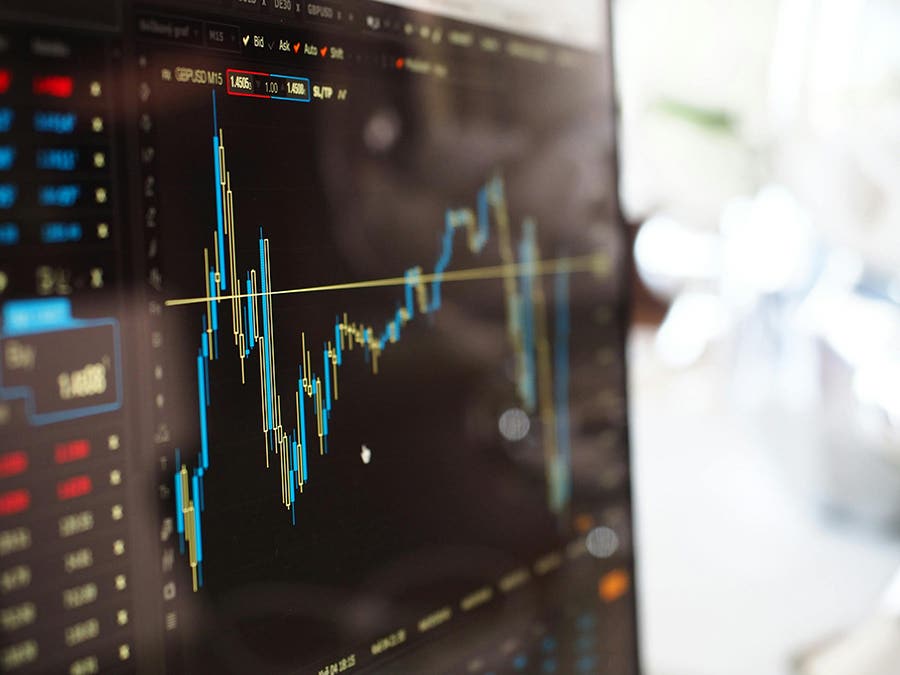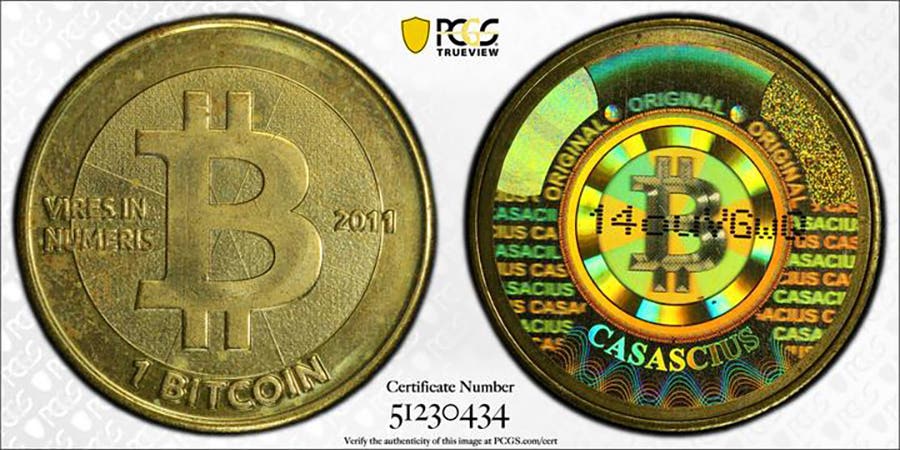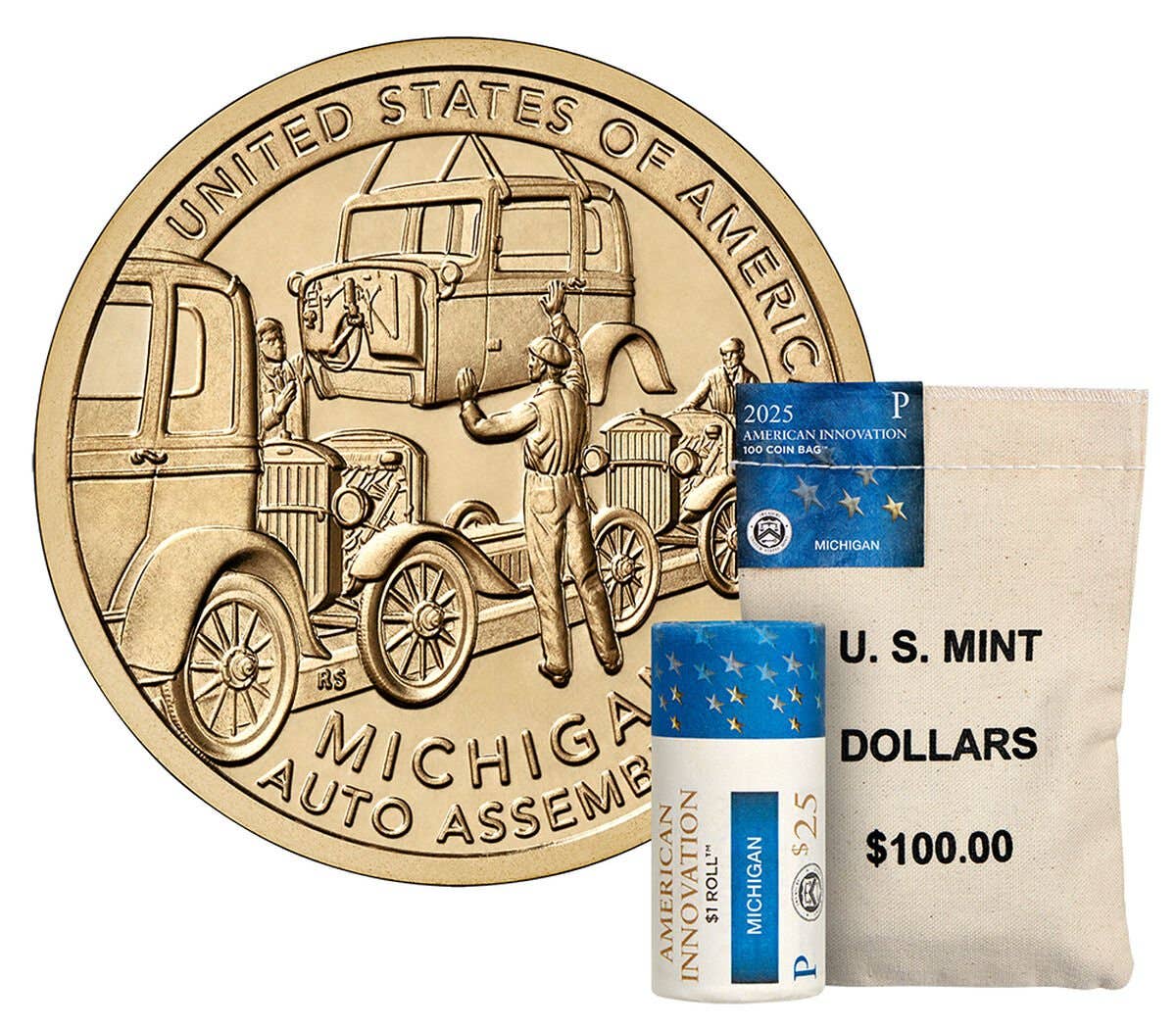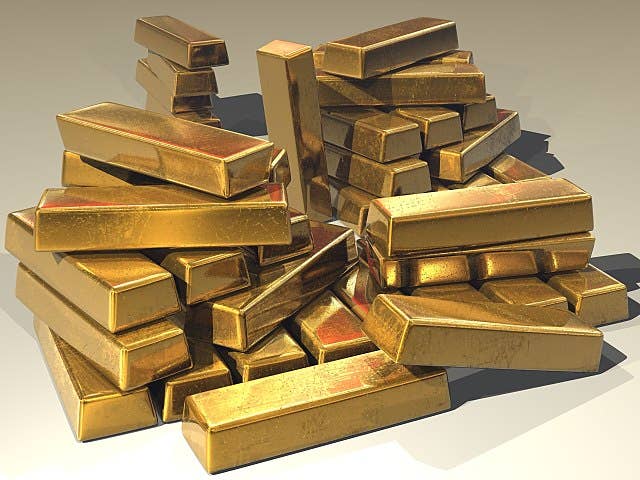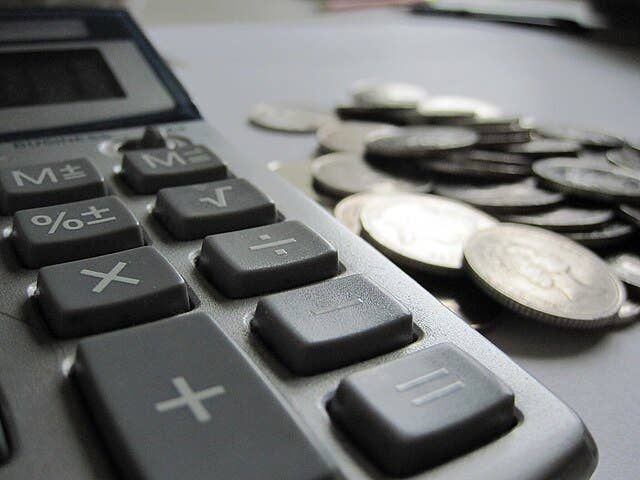Are U.S. Cents Worth Hoarding?
With the U.S. Mint halting cent production, some are hoarding Lincoln Cents in hopes of future profit. But with billions in circulation and strict melting restrictions, is it worth the effort—or just a costly gamble?
This week’s column was prompted by conversations at a local business gathering. Multiple attendees told me that either they or someone they knew were accumulating Lincoln Cents from circulation as a direct response to the recent announcement that the U.S. Mint had halted their production. In some instances, the quantities involved were in the hundreds of dollars of face value.
The idea of hoarding U.S. cents comes from the anticipation that they may become a rarity worth a premium someday.
Is that an idea worth tying up money and space in hopes of striking it rich? I doubt it.
The U.S. Mint has struck almost 400 billion copper-coated zinc cents from 1982 to date. That is 400,000,000,000. That is about 1,200 coins for every resident of America. The metal content of these coins is roughly 3/4 of one cent today.
Another about 150 billion Lincoln cents were struck with the Lincoln Memorial reverse from 1959 to 1982. Their content is 95 percent copper. From 1959-1962, the other 5 percent was a mixture of zinc and tin. From 1963 to 1982, the other 5 percent was zinc. The current metal value of these coins is around 2-3/4 cents.
Ever since the Mint switched over to copper-coated zinc cents in 1982, I’ve known several people who have hoarded the earlier 95 percent copper issues. At today’s metal value, that might appear to be a bargain.
However, as of 2007, there are legal restrictions on melting or exporting U.S. cents and nickels. These coins can be legally melted down if used in a personal project such as making jewelry. Otherwise, it is not legal to melt them down in the U.S.
Also, in 2007, the U.S. government imposed a limit of $5.00 face value on the quantity of cents and nickels that a traveler may take out of the U.S. In addition, a limit of $100 face value per package of cents and nickels can be exported. These limitations impose such a high cost to exporting these coins that it is not economically feasible to arrange to melt them beyond America’s borders.
Beyond considering the economics of melting 95 percent copper Lincoln Cents, you must consider the impact of inflation on the money supply. The people still hoarding U.S. Silver Certificates after the Treasury stopped redeeming them for silver in 1968 have lost most of their purchasing power while waiting for the collector value to rise.
I suspect the same will occur with those who opt to hoard Lincoln Cents. There are so many of these coins in private hands right now that they will never be rare. That will be especially true with the restrictions imposed on melting U.S. cents and nickels that do not apply to American silver or gold coins.
The U.S. dollar is destined to continue losing purchasing power faster than the value of these cents might appreciate as collector’s items. The Federal Reserve states that its target is for the dollar’s purchasing power to decline by 2 percent each year. The actual rate of purchasing power decline over the past half-century has averaged much worse than that target. In my judgment, hoarding Lincoln Cents won’t be worth it.
I’m sure readers know of people who pull copper-nickel Kennedy Half Dollars and $2.00 Federal Reserve Notes out of circulation when they see them. It is always possible that such people and those who are now hoarding Lincoln Cents may someday become numismatists.
Last column’s numismatic trivia question.
Last time, I asked—Of the U.S. presidents who have appeared on coins, which of them had first names on their birth certificates of Hiram, Stephen, and Leslie? They were Hiram Ulysses Grant, whose name was changed to Ulysses Simpson Grant when he entered the U.S. Military Academy at West Point, Stephen Grover Cleveland, who served in public office under his middle name, and Leslie King, Jr., whose name was changed to Gerald Ford when his mother married his stepfather.
This week’s trivia question
Here is this week’s question. This one should be easy for even novice numismatists. Which U.S. coin was struck with a 75 percent silver purity? Come back next week for the answer.
Patrick A. Heller was honored as a 2019 FUN Numismatic Ambassador. He also received the American Numismatic Association 2018 Glenn Smedley Memorial Service Award, the 2017 Exemplary Service Award, the 2012 Harry Forman National Dealer of the Year Award, and the 2008 Presidential Award. Over the years, he has also been honored by the Numismatic Literary Guild (including twice in 2020), the Professional Numismatists Guild, the Industry Council for Tangible Assets, and the Michigan State Numismatic Society. He is the communications officer of Liberty Coin Service in Lansing, Mich., and writes “Liberty’s Outlook,” a monthly newsletter on rare coins and precious metals subjects. Past newsletter issues can be viewed at www.libertycoinservice.com. Some of his radio commentaries, "Things You ‘Know’ That Just Aren’t So,” and “Important News You Need To Know,” can be heard at 8:45 a.m. Wednesday and Friday mornings on 1320-AM WILS in Lansing (which streams live and becomes part of the audio archives posted at www.1320wils.com).
You may also like:



